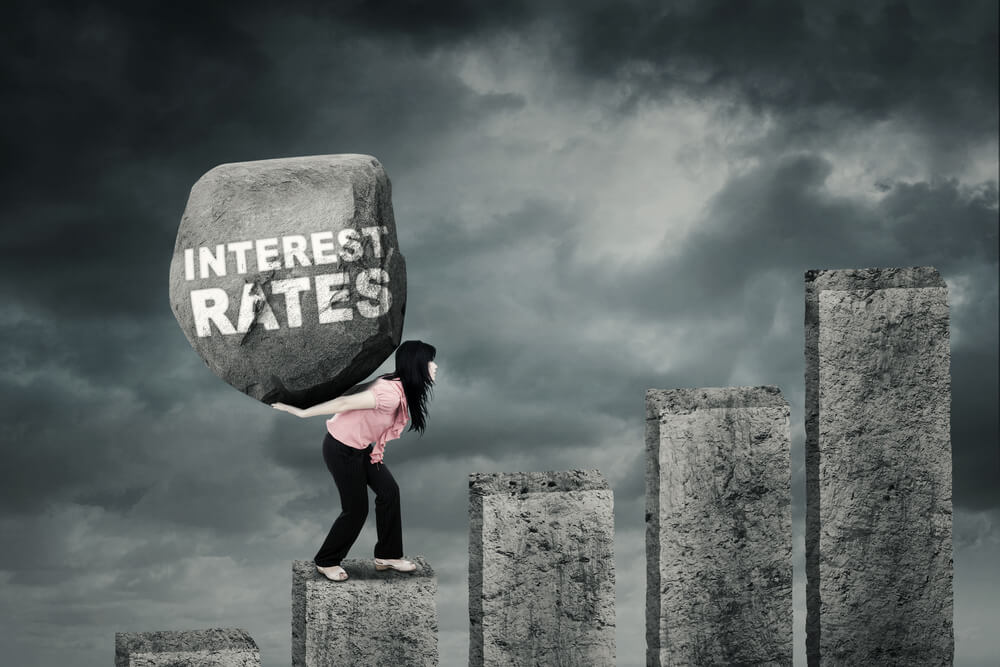The Fed has raised its key interest rate once again, but what does that mean for you?
It depends on whether you are saving money or borrowing it.
Savers are getting another reason to smile. For years following the Great recession, savers made almost nothing on the cash they set aside in savings accounts, money market accounts and certificates of deposit. That has slowly changed as regular interest rate hikes from the Fed led to improved rates on many of these accounts.
The national average for a savings account is around 0.09 percent, according to the FDIC; but consumers easily find accounts offering well over 2 percent. And the national average for a 12-month CD runs around 0.60 percent, which doesn’t seem like much until you compare it to the 0.20 percent it hovered at for most of 2013 through 2016. Money market accounts have followed the same U-shaped curve with notable gains this year.
The picture is less optimistic for people who carry variable debt or who plan to borrow money, as it’s going to be more expensive with each rate hike.
The Fed announced Wednesday that it is raising its key interest rate by a quarter of a point, bringing it to its highest level since 2008. However, the central bank also said it anticipates increasing rates only twice more in 2019, down from the three hikes it previously forecast.
An increase in the benchmark rate doesn’t necessarily mean that interest rates for all borrowing will move in lockstep, but they tend to follow the same general direction. Home mortgage borrowing and auto loans, for example, are influenced less by a Fed rate hike than other products, such as credit cards.
A quarter-point hike by the Fed can show up as soon as one or two billing cycles later on a variable rate credit card, said Matt Schulz, chief industry analyst at CompareCards.com. The vast majority of U.S. credit cards today are variable-rate cards, meaning their annual percentage rate charged to users can jump anytime. The average annual percentage rate on credit cards is around 17 percent right now, according to CompareCards.com.
All the same, this week’s “dovish hike” was the best outcome for consumers, said Tendayi Kapfidze, chief economist at LendingTree. Kapfidze expects there will be no further hike until June, after the Fed has a chance to assess the trajectory of the economy over the first half of the year. But if inflation comes on stronger than anticipated that could change back to three hikes.
“So consumers should still prepare for the fact that we are in a hiking cycle and borrowing costs are in an upward trend,” he said.
Kapfidze expects borrowing costs for adjustable-rate mortgages and home equity lines of credit to also jump soon. Student loan borrowing costs will also rise, he said.
Schulz said that it’s good news for credit cardholders that the Fed may be taking its foot off the gas a bit with future rate hikes. However, it “doesn’t change the fact that credit card interest rates are already sky high and that people need to make 2019 the year they focus on knocking their credit card debt out for good,” he said.
“When you’re carrying a lot of debt in good economic times, it means that you’re probably not putting enough money away for when things go south.”
© The Associated Press. All rights reserved.
